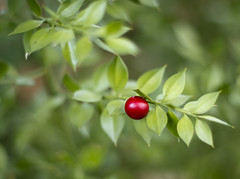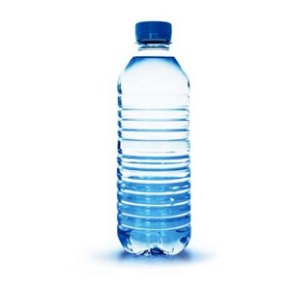
A Fourth of July fireworks display at the Washington Monument. Location: WASHINGTON, DISTRICT OF COLUMBIA (DC) UNITED STATES OF AMERICA (USA) (Photo credit: Wikipedia)
The Fourth of July is tomorrow, and for those planning picnics and barbecues, we have some last-minute suggestions to make this day a happy green celebration.
- Buy local produce— This is a great time to support local fruit and vegetable farm stands. In addition to getting the best bargains on your fruits and vegetables, you also will get an extra bang for your buck with fresh products that are organic— no pesticides, preservatives or GMOs.
- Grill green and guilt-free. We know that grilling has an adverse impact on the environment and increases our carbon footprint. This is true with both propane and charcoal grilling. According to Steve Skerlos, environmental engineering professor, “what you grill matters as much or more than how you grill”. The main issue here that often is ignored is the amount of water consumption associated with the production of the product going on the grill. Consequently, chicken and vegetables have less of a water impact than red meat. Skerlos suggests putting as much food as possible on the grill because “the more you cook at once, the more efficient you are going to be”. See video at http://www.huffingtonpost.com/2013/07/02/green-grilling-4th-of-july-barbecue_n_3535757.html?ir=Detroit.
- Reduce electricity consumption. If your holiday party will continue after dark, consider using solar lamps and lanterns. These lights will serve as part of your decor while simultaneously reducing your use of electricity. These products are charged simply placing them in the sun or with the use of batteries. Check Ikea and/or Target for these products.
- Leave fireworks to the professionals. While fireworks are an accepted part of traditional Fourth of July celebrations, we ask that you leave this part of the celebration to the experts. Avoid the use of home firework displays as they often result in injury and/or death. They are costly and not a good buy. Also, they are prohibited in many jurisdictions. Take this opportunity to enjoy municipal or other public displays, which incorporate special precautions to ensure the safety of viewers and which offer spectacular displays.
- Green your alcohol consumption. The Fourth of July is a great time to celebrate with organic wines and beers. There are many selections available to complement healthy grill selections and side dishes. Check with your local liquor stores for suggestions, and do’t forget to peruse the craft beer selections. Two good places to start are:
- http://www.opportunitygreen.com/green-business-blog/2011/05/19/top-10-organic-beers, and
- http://dontfearthevegan.com/2012/05/30/worthy-of-sharing-trader-joes-vegan-beers-wines/.
- Recycle. Please consider recycling your trash during your celebration. Your guests, more than likely, will be pleased to have clearly designated containers for trash. This will save cleanup time when the party is over, facilitate easy curbside placement for trash pickups or trips to the dump, and most importantly give you, the hosts more times to mingle and enjoy your company. Lastly, you will benefit the environment.
We here at LGBG wish everyone a health, happy, safe, GREEN Fourth of July!








